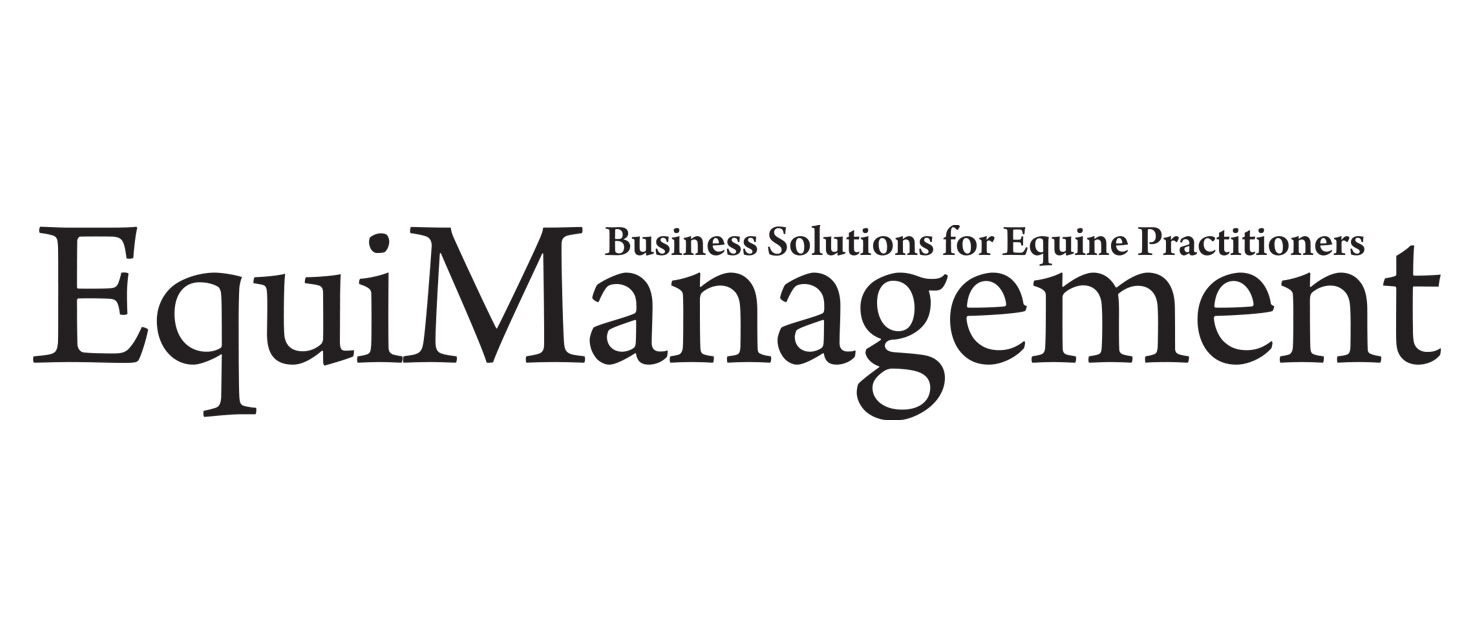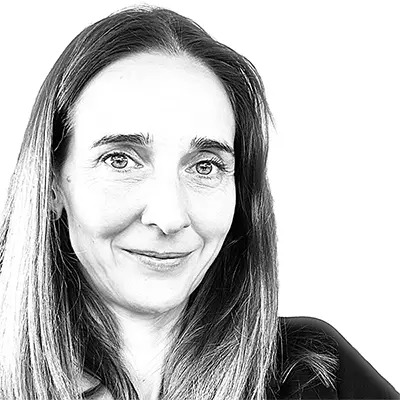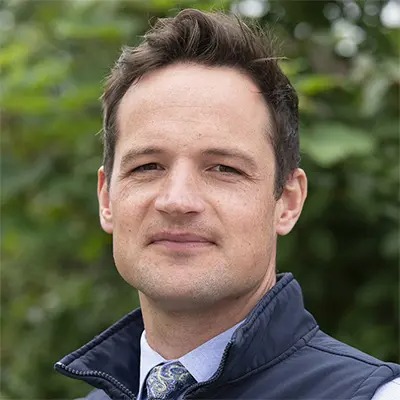Hindlimb Lameness & Diagnostic Analgesia: When Horses Don't Read the Rule Book
Species
Equine
Contact Hours
3 Hours - RACE Approval Pending
Language
English
Discipline
Orthopaedics
Sports Medicine
Veterinary Partner
Equine



Recorded: 17th December 2024
Panelists:
Elizabeth Davidson BS, DVM, DACVS, DACVSMR - University of Pennsylvania, USA
David Stack MVB, MSc, DVMS, FHEA, DECVS, MRCVS - Philip Leverhulme Equine Hospital, University of Liverpool, UK
Filip Vandenberghe DVM, AssocECVDI-LA - Bosdreef, Belgium
Moderator:
Annamaria Nagy PhD, DACVSMR, DECVSMR - University of Veterinary Medicine Budapest, Hungary
PANEL DISCUSSION DESCRIPTION
In most horses, diagnosing the cause of hindlimb lameness is straightforward; lameness is abolished by diagnostic analgesia and diagnostic imaging reveals significant pathology. However, not all horses read the rule book and reaching a conclusive diagnosis in these cases can be a real challenge even to the most experienced clinician.
Topics that will be debated by an international panel of experts, consisting of lameness clinicians and radiologists, include:
- Unexpected response to diagnostic analgesia: lameness that does not improve or gets worse after diagnostic analgesia
- How to deal with the dangerous horse?
- Approach to multi-limb lameness
- The role of advanced diagnostic imaging in diagnosing challenging hindlimb lameness
- What shall we do when the diagnostic imaging results don’t match clinical findings and the results of diagnostic analgesia?
- When the cause of hindlimb lameness is not in the hindlimb
Elizabeth J. Davidson is an Associate Professor of Sports Medicine at the University of Pennsylvania, New Bolton Center. Dr. Davidson received her DVM from Michigan State University in 1992. She completed an equine internship at Pilchuck Veterinary Hospital in Snohomish, Washington and surgical residency training at Penn’s New Bolton Center. She is Diplomate in the American College of Veterinary Surgeons and the American College of Veterinary Sports Medicine and Rehabilitation. Dr. Davidson has special interest and expertise in sport horse lameness, the “hard to diagnose” horse, and those horses affected with neck and back pain.
More InfoAnnamaria is an Associate Professor at the University of Veterinary Medicine Budapest, where she is leading the orthopaedic diagnostics and diagnostic imaging department. Formerly, Annamaria was a senior clinician at the Animal Health Trust in Newmarket, UK. Annamaria is a Diplomate of the European and American Colleges of Veterinary Sports Medicine and Rehabilitation and holds an RCVS Fellowship Diploma and a PhD for her research on epidemiology of endurance rides. Her special interests lie in diagnosing complicated lameness and poor performance cases and in advanced orthopaedic imaging, including MRI and standing CT. Annamaria has published over 40 scientific papers in peer-reviewed journals and is regularly invited to speak at national and international meetings. Annamaria is an FEI level 4 endurance official and treating veterinarian and has also worked as a team veterinarian at European and World Championships.
David is a European Specialist in Equine Surgery and his main areas of interest are orthopaedic surgery, lameness, and diagnostic imaging. David qualified from University College Dublin in 2003, before travelling to the US, where he worked for four years in equine veterinary practice. Subsequently returning to Ireland, he established his own equine ambulatory practice, focusing on imaging and treatment of equine athletes. He completed an equine surgery residency programme at University College Dublin before successfully passing the ECVS examination in 2017. David moved to the UK in 2016, where he worked as a surgeon in private practice for 2 years before moving to the Philip Leverhulme Equine Hospital at the University of Liverpool where he is now Head of Hospital. His most recent research is in pelvic and caudal back CT, contrast-enhanced ultrasound, and back surgery. He has also published work in the fields of ultrasound-guided sacroiliac and cervical facet injection techniques, joint surgery, and synovial sepsis.
More InfoFilip graduated in 2001 and joined immediately after the orthopaedics department of the Faculty of Veterinary Medicine of Ghent University. In 2004 Filip joined the Bosdreef and became partner in 2008. Over 15 years ago Filip pioneered amongst few others in the world, on the clinical use of standing MRI in the horse. In 2011 he was awarded Associate LA ECVDI, the European College of Veterinary Diagnostic Imaging. The last years Filip has focused as well on the poor performance of the competition horse. Filip is a frequently invited speaker on national and international scientific congresses. FANC license nuclear medicine.
More InfoQualified Vet
Online Panel Discussion
USD 95.00
Intern/Resident/PhD (Requires proof of status)
Online Panel Discussion
USD 70.00
Vet Nurse/Vet Tech (Requires proof of status)
Online Panel Discussion
USD 70.00
Veterinary Student (Requires proof of status)
Online Panel Discussion
USD 20.00
If the options you are looking for are unavailable, please contact us.
No tax will be added unless you are a UK taxpayer
Choose currency at checkout



















